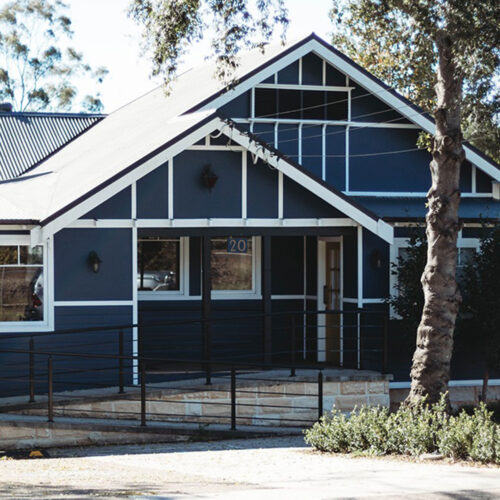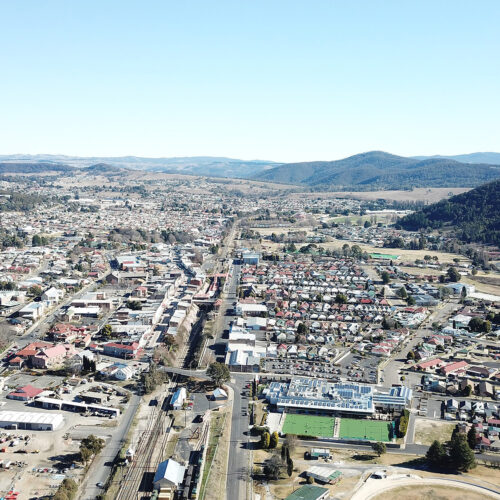Hormones, Exercise and Fat Loss
Scenario – Husband and wife set a goal to lose 10kg each. They both weigh in at approx. 95kg. Both participate in the same eating lifestyle and exercise routine. Husband progressively drops the weight. Wife’s weight drops and rises and plateau’s. Thus, resulting in a fluctuating merry-go-round cycle.
For years, I have heard women express their internal anguish and disappointment with the inability to drop their weight, at the same rate as their male partner. This disappointment is often followed with the internalizing questioning; “Am I not training as hard?”, “Should I eat less?”, “Should I just give up?”. The result often ends in either defeat or pushing the body beyond its limits and not fueling (eating) accordingly. Thus entertaining ‘preservation mode’ which tells the body to hold on to fat. Fat Loss is not an impossible concept for women but it can be a difficult journey if not done properly.
Men and women will achieve fitness results very differently from one another and this comes down to one main fact – a woman’s body is built and functions quite differently to that of a man’s body. For example, women have a much smaller window to burn fat than that of a man. Women burn fat for three hours post exercise whereas men continue to burn fat for 21 hours post exercise. Women will sweat, fatigue, burn fat, build muscle and recover very differently to that of a man. Why!?
The culprit
– fluctuating hormones! Throughout a woman’s cycle, there will be an alternating rise and dip between the hormones estrogen and progesterone. These hormones do not only play a role in mood and emotions (as we all know too well) but as well as help dictate performance and the results you will achieve when exercising. But here is something to take into consideration – your food is the fuel, the golden ticket, to assisting your body by working with these fluctuating hormones. And if done correctly can result in successful fat loss, muscle toning, better performance and quicker recovery.
As hormones rise and dip there will be certain dietary demands required to compensate. Now the complexity of woman’s physiology can get very tricky but there will be two main things to focus on; timing and type.
<p”>Let’s look at the first two weeks of a menstrual cycle, as estrogen levels begin to rise, glycogen (glucose) starts to become spared and fat is used by the body for energy. Now, this can sound quite appealing except for one thing- carbohydrate consumption. If your diet is more carb dominant then your body will most likely increase its fat storage. In fact, eating good quality fat during this time is your best bet. The exception to this rule is during intense exercise where your body will burn through the recently consumed carb. Any carb (glucose) not used during exercise will be stored in the fat stores. The other exception is after exercise where your body will thrive on carbs.
Now the following two weeks, as progesterone starts to peak, muscle tends to be broken down as progesterone is highly catabolic. Therefore, dietary protein is required as the predominant food source to help reduce these effects and as well help to limit the signalling of fat storage.
Because of how complex a woman’s physiology is, fad diets generally will not work the same way for women as they do for men. The foundations of certain diets whether its paleo, low carb high fat, gluten-free etc can have some positive benefits but each of these diets should be modified uniquely to each woman to achieve their desired results. By doing this can mean progressive weight loss, balanced mood, and reduce the effects of fatigue and muscle wastage.
This can all be a little confusing and overwhelming but implementing these guidelines (see steps below) can help accommodate the fluctuating hormones.
(These guidelines will differ slightly for women dealing with menopause, endometriosis and PCOS.)
Step 1 – Track your cycle. There are plenty of apps that can be downloaded from the app store.
Step 2 – Draw up a calendar to assist you. The first day after the menstrual period is day 1. (Assuming a 28 day cycle)
Day 1 – 14 Diet is 25% carb rich foods, 40% fat rich food, 35% protein rich foods
Day 15 – 20 Diet is 25% carb rich foods, 35% fat rich food, 40% protein rich foods
Day 21 – 24 Diet is 40% carb rich foods, 35% fat rich food, 25% protein rich foods
Day 24 – 28 Hormones are at its lowest – try and balance fat, protein and carb
Please understand that this a guideline to give the understanding of what your body is predominantly demanding and when. It doesn’t factor in exercise or timing but rather a guideline to work with your fluctuating hormones in general.
Please select organic, grass-fed quality meat, avoid processed carbohydrates and include fats from nuts, fish, eggs and avocados.








